
Ceylon Tippy Golden Flowery Orange Pekoe – TGFOP
Embarking on a journey into the realm of tea sophistication leads us to the illustrious Ceylon Tippy Golden Flowery Orange Pekoe (TGFOP). Born amidst the misty peaks of Sri Lanka, […]
 play_arrow
play_arrow
The Ultimate Guide to Tea Brewing Mr. Tea Talk
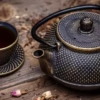 play_arrow
play_arrow
A Comprehensive Review of 3 Must-Have Tea Products on Amazon Mr. Tea Talk
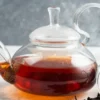 play_arrow
play_arrow
The Ultimate Guide to the Best Tea Essentials on Amazon: Kettles and Teapots You’ll Love Mr. Tea Talk
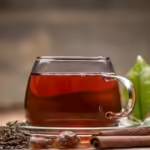 play_arrow
play_arrow
The Best Teapots for Tea Lovers: Silver vs. Borosilicate Glass Mr. Tea Talk
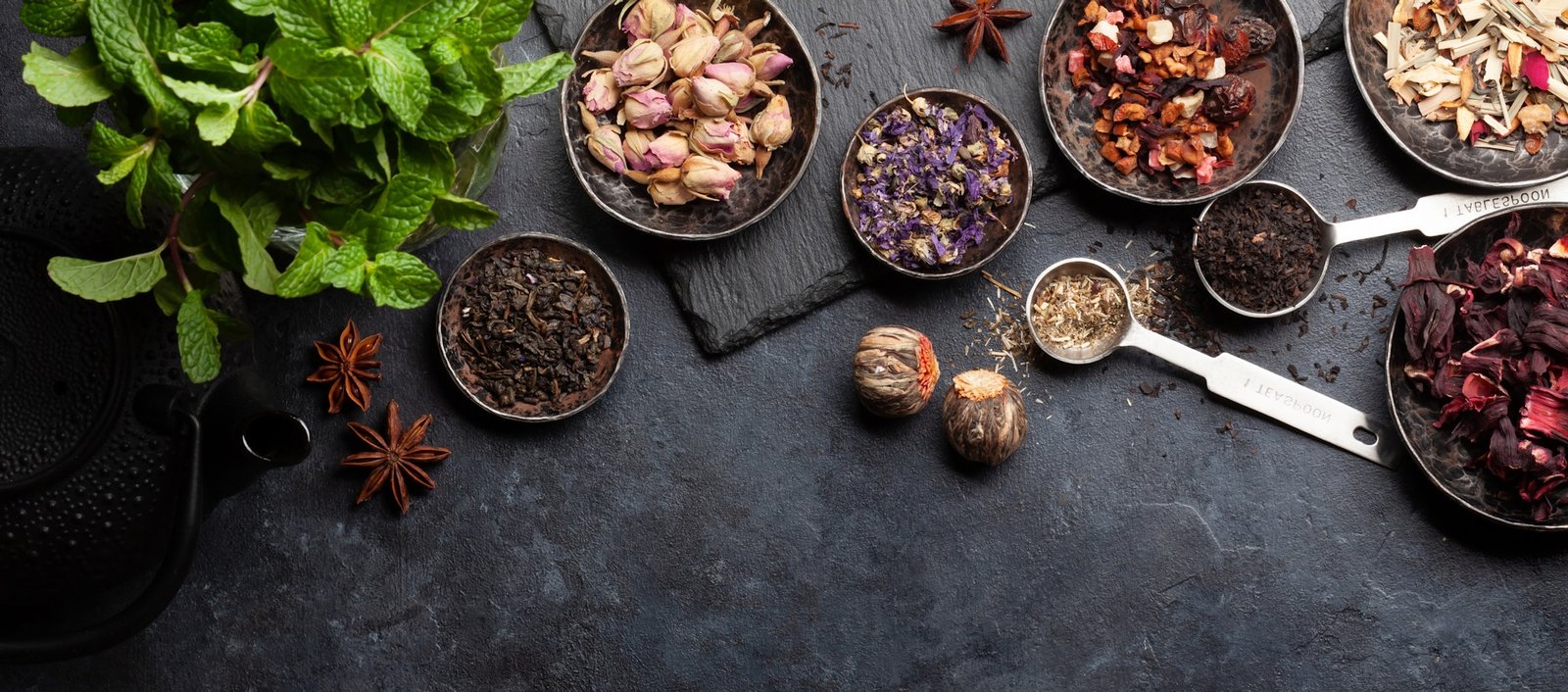
 play_arrow
play_arrow
The Ultimate Guide to 10 Tea Categories Mr. Tea Talk
Green tea, revered for its delicate taste and potential health benefits, undergoes minimal processing. This preserves the leaves’ natural green color and a treasure trove of antioxidants. Green tea offers a spectrum of flavors, from the grassy notes of Sencha from Japan to the slightly nutty character of Longjing from China. Its invigorating nature and moderate caffeine content make it a popular choice for a refreshing morning brew.
Chai tea, technically an infusion rather than a true tea, is a delightful concoction with Indian roots. While black tea often forms the base, the true essence of chai lies in its vibrant blend of spices. Cinnamon, ginger, cardamom, cloves, and black peppercorns are just a few of the common ingredients that dance together in a warm and inviting cup. Chai tea can be enjoyed hot or cold, with or without milk and sugar, offering a customizable and comforting experience.
Oolong tea occupies a fascinating middle ground between green and black tea. Partially oxidized, oolong teas offer a spectrum of flavors and characteristics. Lightly oxidized oolongs boast a grassy character similar to green tea, while more heavily oxidized varieties develop toasty or roasted notes that hint towards black tea. Popular oolong teas include Tieguanyin from China, known for its floral notes, and Formosa Oolong from Taiwan, prized for its honeyed sweetness. Oolong teas offer a delightful journey for the tea enthusiast, allowing exploration within a single category.
Matcha tea takes green tea to a whole new level. Unlike other green teas where the leaves are steeped and discarded, matcha involves grinding the entire leaf into a fine powder. This process allows you to consume the whole leaf, maximizing the potential health benefits and intensifying the flavor. Matcha boasts a vibrant green color and a distinctive umami taste profile, often described as slightly sweet and brothy. Traditionally enjoyed in Japanese tea ceremonies, matcha is also gaining popularity as a versatile ingredient in lattes, smoothies, and even baked goods.
Rooibos tea, originating from South Africa, is a unique offering in the tea world. Unlike other true teas derived from the Camellia sinensis plant, rooibos is an herbal infusion made from the leaves of the Aspalathus linearis shrub. This naturally caffeine-free beverage boasts a subtle sweetness and a hint of nuttiness. Rooibos tea is praised for its potential health benefits and is enjoyed hot or cold, making it a perfect choice for any time of day.
Black tea, the most popular tea globally, undergoes full oxidation, resulting in a dark brown or reddish-brown liquor with a robust and full-bodied character. Black teas offer a wide range of flavor profiles, from the malty notes of Assam to the citrusy hints of Darjeeling. Black tea can be enjoyed on its own or with milk and sugar, making it a versatile and comforting beverage.
White tea is the least processed tea, made from young unopened buds and new leaves. This minimal processing results in a light and delicate flavor profile with subtle floral or honeyed notes. White teas are prized for their rarity and potential health benefits. Popular white teas include Bai Hao Yinzhen (White Peony) and Silver Needle, both known for their silvery-white appearance.
Herbal infusions, often simply called herbal teas, are a diverse category of hot beverages made from a variety of plants, fruits, flowers, and spices. These caffeine-free options offer a vast array of flavors and potential health benefits. Popular herbal teas include chamomile tea for relaxation, peppermint tea for digestion, and ginger tea for nausea relief.
Purple tea, hailing from Kenya and China, is a unique variety made from leaves with a distinctive reddish-purple hue. This rare tea boasts a delicate flavor profile with hints of berries and fruit, and is prized for its potential health benefits. As purple tea production is limited, it remains a fascinating and elusive find for tea enthusiasts.
Pu-erh tea undergoes a unique fermentation process that allows it to age gracefully. This process results in an earthy and complex flavor profile that develops further over time. Pu-erh teas are further categorized as sheng (raw) or shou (ripe), depending on the fermentation method used. Sheng pu-erh teas are known for their lighter character and tend to age for years or even decades. Shou pu-erh teas undergo an accelerated fermentation process, resulting in a darker color and a more robust flavor profile.
The world of tea offers a captivating journey for the senses, with something to tantalize every taste bud. From the invigorating notes of green tea to the comforting warmth of chai, and from the unique sweetness of rooibos to the time-aged complexity of pu-erh, there’s a perfect cup waiting to be discovered. So, embrace the diversity, explore the fascinating world of tea, and find your own personal moment of serenity and delight in every steeping pot.
Tagged as: Tea Categories.

Embarking on a journey into the realm of tea sophistication leads us to the illustrious Ceylon Tippy Golden Flowery Orange Pekoe (TGFOP). Born amidst the misty peaks of Sri Lanka, […]
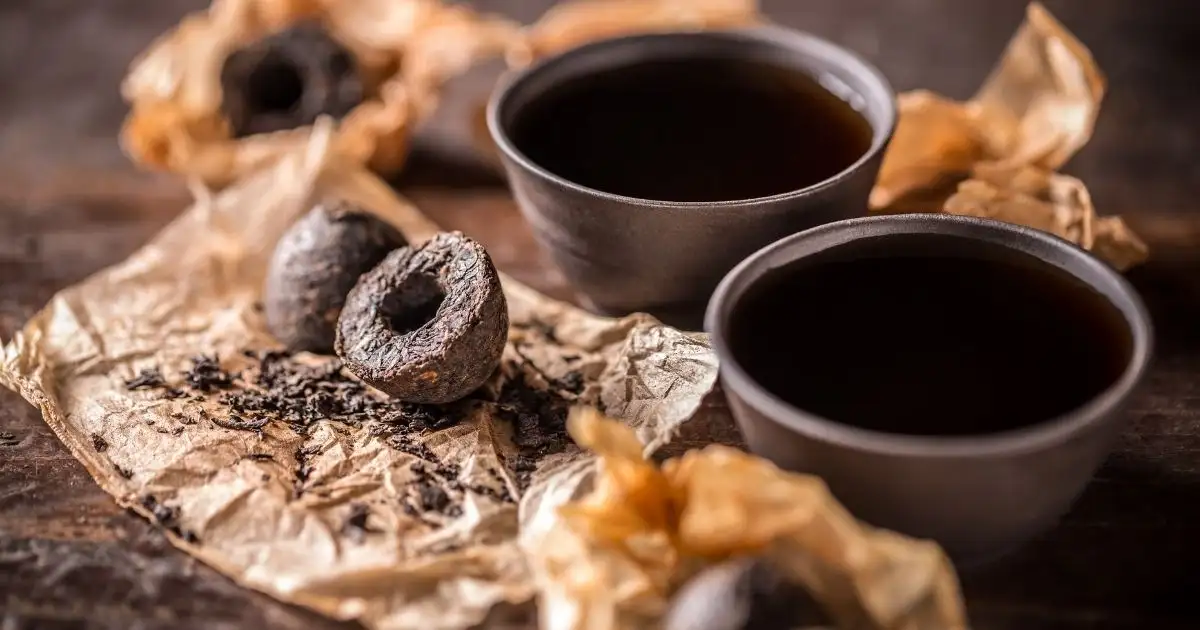
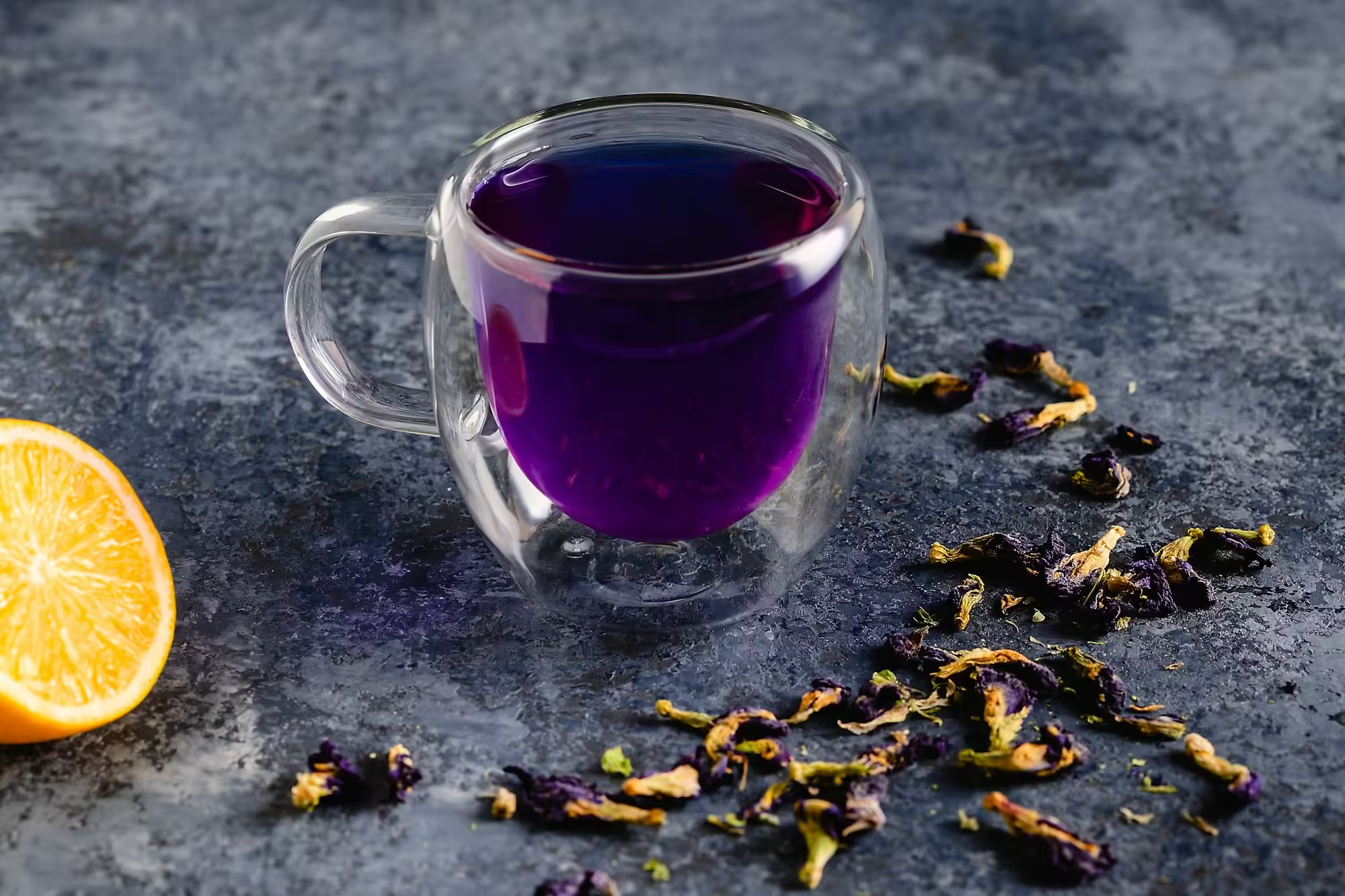
Copyright | Ceylon Wild Tea - All Rights Reserved | 2025
Post comments
This post currently has no comments.